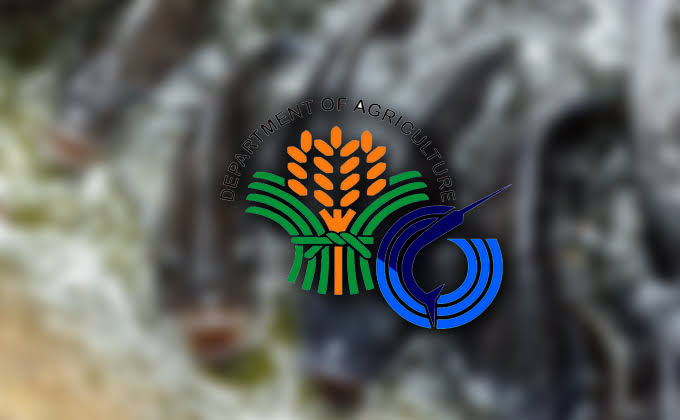
Chinese fishermen are reportedly using cyanide to destroy Bajo de Masinloc or Scarborough Shoal in an apparent bid to discourage Filipinos from fishing in its waters, the Bureau of Fisheries and Aquatic Resources (BFAR) bared.
“According to the statement of our Filipino fishers, these Chinese [fishers] actually intentionally destroy Bajo de Masinloc to prevent Filipino fishing boats to fish in the area,” BFAR spokesperson Nazario Briguera said during a forum in Quezon City on Saturday, Feb. 17.
Filipino fishers, he said, told BFAR that Vietnamese fishers also use cyanide in Bajo de Masinloc.
“At sinasabi, according to Filipino fishermen, ‘yung mga Chinese fishermen, if I am not mistaken, ay gumagamit ng cyanide as well ang mga Vietnamese fishers (And according to Filipino fishermen, Chinese fishers, if I am not mistaken, use cyanide as well as Vietnamese fishermen),” Briguera said.
The BFAR official said that the bureau learned of the damage of the coral reefs in Bajo de Masinloc from its ground personnel.
Briguera stressed that the use of cyanide in Bajo de Masinloc compromises the entire marine resources, stressing that the waters of other countries will also be affected.
“Kasi magkakarugtong po ang ating karagatan, hindi ibig sabihin po niyan ka [kapag] may pagkasira sa Bajo de Masinloc ay walang epekto iyan sa ibang bahagi ng ating karagatan (Because our oceans are interconnected, that does not mean that when there is damage in Bajo de Masinloc, it will not affect other parts of our ocean),” he stated.
Briguera said the use of cyanide, a poison, destroys corals and affects other marine life. Due to its non-selective nature, it contributes to the loss of biodiversity in marine ecosystems as depletion of fish species can disrupt ecological balance.
Earlier, the BFAR announced that the Philippines has allocated at least P2.5 billion to purchase new floating assets to increase the government’s presence and accompany Filipino fishers in the West Philippine Sea (WPS).
Per the BFAR spokesperson, the government will buy monitoring control and surveillance (MCS) patrol vessels, food boats, and ships this year.
The BFAR noted that around 90 percent of the 385,300 fisherfolk in the vicinity of the WPS have benefitted from the government’s “LAYAG WPS” project or ‘LAYAG West Philippine Sea’ which stands for Livelihood Activities to Enhance Fisheries Yield and Economic Gains from WPS.
LAYAG WPS intends to further more livelihood opportunities for fisherfolk living.
It stated that nearly 400,000 fisherfolk benefitting the said project are hailing from Marinduque, Occidental Mindoro, Oriental Mindoro, Palawan, and Romblon (MIMAROPA), Region I, Region III, and the National Capital Region (NCR). BFAR noted that these regions are within the vicinity of the WPS.
In July 2016, China’s nine-dash line claims in the South China Sea were rejected by an arbitral tribunal at the Permanent Court of Arbitration. The case was brought by the Philippines based on the United Nations Convention on the Law of the Sea (UNCLOS).
It can be recalled that Filipino fisherfolk have cried foul over the alleged harassment they experienced from foreign vessels while they were fishing in Bajo de Masinloc or Scarborough in 2021.
The Philippine Coast Guard (PCG) reported that a China Coast Guard ship (CCG) directed a military-grade laser light at a PCG vessel in Ayungin (Second Thomas) Shoal, West Philippine Sea on Feb. 6, 2023.
In December 2023, a CCG ship fired water cannon at BFAR vessels that were delivering supplies to fisherfolk communities in Bajo de Masinloc.